The 2009 Joseph's Dream: OBAMA Teach Gaming
Since this is true what you read below, then understand what the ramifications are for our America. This "model" of Nintendo recognizing base, instinctual drive can be "flipped" and should be "flipped" by Obama. Write a game to TEACH history, HEBREW, GREEK, Marketing, teach Civics, Math, Physics and Biochemistry , IMMUNO-INFORMATICS, all at the elementary level and at each level. START OFF AT THE PENETENTIARIES!. We have too much waist still present from our former lives when we were telling the poor in America and the rest of the world to "let them eat cake"
FROM writing of Kristin Kalning Games editor msnbc.
In a survey conducted by Frank Magid Associates last spring, just 17 percent of gamers said they’d be willing to pay $59.99 for a next-generation game. (Those are games for the Xbox 360, PlayStation 3 and Nintendo Wii consoles.)
“What that data shows you, is that it better be a (expletive deleted) good game for $60,” says Mike Vorhaus, president of Magid Advisors.
A much larger number, 30 percent, said that they would buy more used next-generation games versus new ones. And 43 percent said that they would wait for price drops on their favorite games before buying. Remember: This survey was conducted last March. Imagine the response if the polling were done today.
Colin Sebastian, an analyst with Lazard Capital Markets, says it’s clear that pricing pressure is happening on second tier and older games now, and the pace of price cuts seem to be rising.
“EA, for one, had to increase its return reserve in order to account for price discounting at retail, and other top publishers, including Acitivion and Ubisoft, lowered prices over the holidays,” he says.
And that’s a big problem for developers, who are spending upward of $20 million — and often more — to make the most graphic-intensive, most immersive and longest-playing games that they can, says Greenwald, who covers the Internet and digital media for Signal Hill.
“These budgets are sustainable when they’re attached to good projects and the games are a hit,” he says. “It’s become more of a hit-driven industry, because there’s more risk involved.”
In most cases, says Greenwald, these companies' financial forecasts are pinned to next-gen games selling at a $59.99 price point. If they don’t, the business model doesn’t work — and that’s when you see poor quarterly earnings, layoffs and studio closures.
Game companies in general, he says, aren’t the most efficient organizations in the world. “They’re not cranking out cars on an assembly line, they’re trying to make unique and innovative games across several platforms,” he says.
And that’s been another crucial problem for publishers in this console cycle: The leading platform, far and away, is the Nintendo Wii. And as I wrote in my column last week, publishers have figured out — and how — that making a game for the Wii is not a one-size-fits-all proposition.
In the old days, game-makers could crank out one game and port it to multiple platforms without too much trouble or expense. Not so with the Nintendo Wii, which has such a different control scheme — not to mention a different audience. Publishers — like EA, Ubisoft and THQ — that went the cookie-cutter route learned a tough lesson.“Price is a challenge,” says Greenwald. “But the rise of Nintendo and the dominance of Nintendo is a bigger challenge.”
Subscribe to:
Post Comments (Atom)
















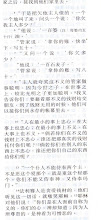





















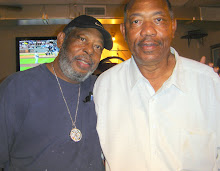


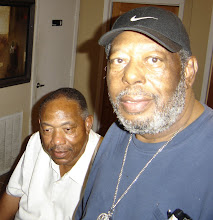













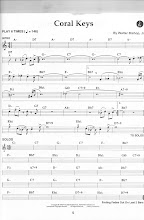

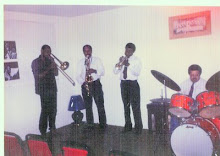






No comments:
Post a Comment